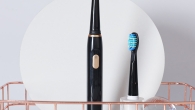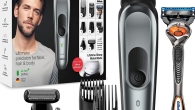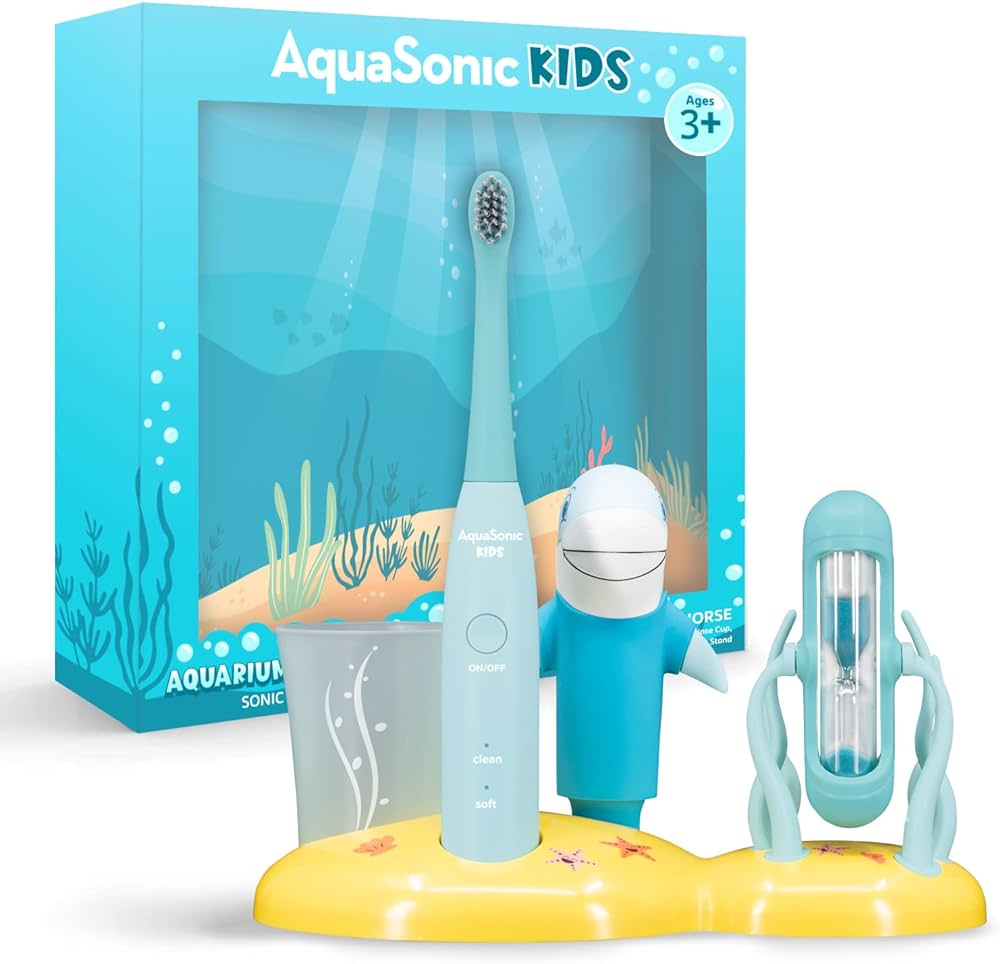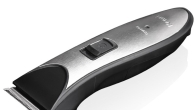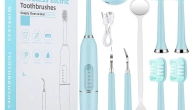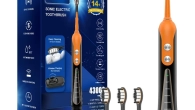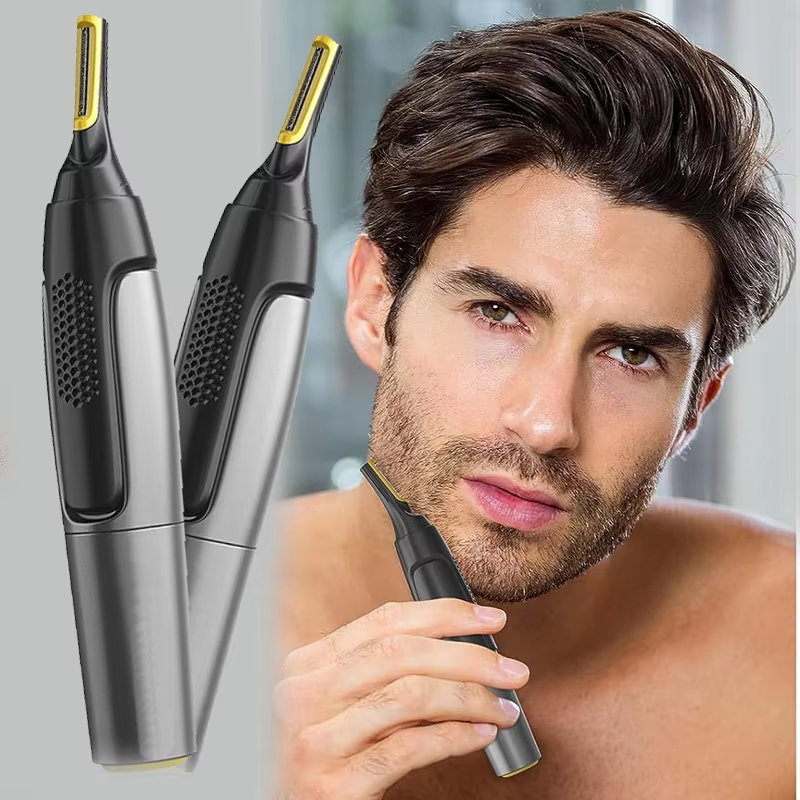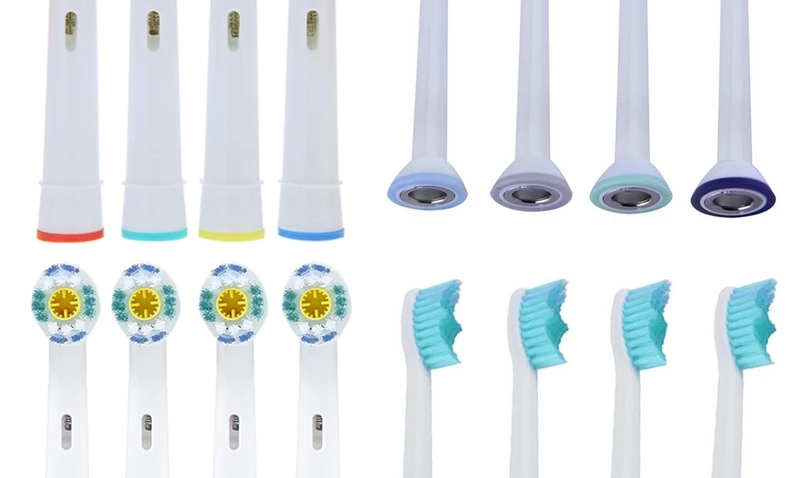
Choosing the Perfect Toothbrush Head for Your Smile
Benefits of Using an Electric Toothbrush
Electric toothbrushes provide a convenient, quick and easy brushing experience. They are known for their efficiency in removing more plaque than manual toothbrushes. This high efficiency is due to the vibrating bristles. These bristles make micro-movements, which enhance cleaning each time the brush passes over your teeth.
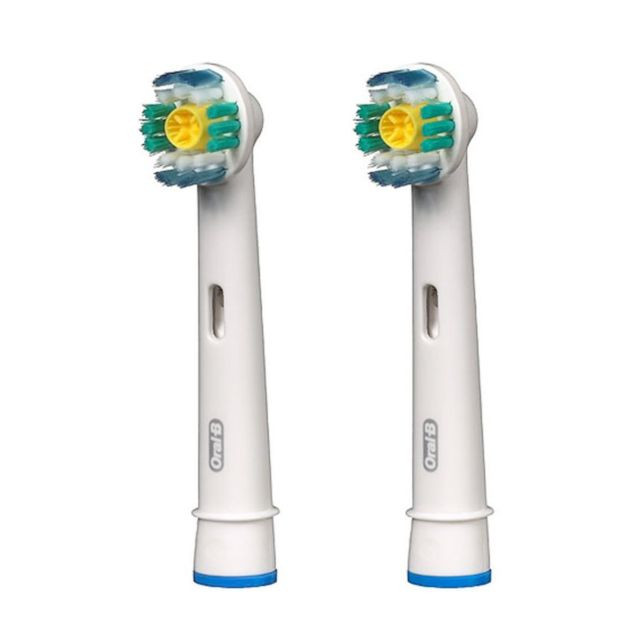
Electric toothbrushes are particularly beneficial for those with limited mobility. They do much of the brushing work, which is helpful for users who may find manual brushing challenging. Children also find electric brushes easier to use compared to manual options. This ease of use helps in building good oral hygiene habits from a young age.
Moreover, if you are seeking to improve your gum health, electric toothbrushes can be more effective in reducing gingivitis. They achieve this through their superior cleaning capabilities that reach more areas of the mouth. Regular use can lead to healthier gums and a cleaner, fresher mouth overall.
In conclusion, switching to or continuing to use an electric toothbrush can offer numerous benefits. These include enhanced plaque removal, ease of use, and improved gum health, contributing to overall better oral hygiene.
Electric Toothbrush Head Types and Their Functions
When selecting the best electric toothbrush head for your oral hygiene routine, understanding different types is key. Each shape and design serves a unique purpose and caters to various dental needs.
Round Brush Heads
Round brush heads are circular. They easily clean each tooth one by one. This design helps remove more plaque by covering all tooth surfaces thoroughly. They are a great choice for reaching hard-to-clean areas, like back molars and spaces between teeth. If you’re aiming for detailed and individual tooth care, round heads may be the best for you.
Oblong Brush Heads
Oblong, or rectangular, brush heads focus on the gum line and spaces between teeth. They clean by moving back and forth, which helps with precise plaque removal. These heads are ideal if you need targeted cleaning, especially for gum health. If precise brushing along your gum line is a priority, consider an oblong head.
Factors to Consider When Choosing a Toothbrush Head
When you choose an electric toothbrush head, consider a few vital factors to ensure the best results. What works best can depend significantly on your unique dental needs and preferences. Below are important aspects to keep in mind.
Plaque Removal Capabilities
Different brush heads offer varying levels of plaque removal. Round heads can remove more plaque due to their shape. They cover all sides of each tooth. Oblong heads focus on the gum line and between teeth. They are excellent for targeted cleaning. Always consider your specific dental needs.
Cleaning Precision and Gum Health
The head shape influences how precisely it can clean. Round heads reach into tight spaces and around each tooth. This precision promotes healthier gums by reducing plaque buildup. Oblong heads excel in brushing along the gum line. They help prevent gum disease. Choose a head that targets your most concerning areas.
Comfort and Sensitivity
Brush heads also come in varieties that cater to comfort or sensitivity. Some heads feature softer bristles for sensitive gums and teeth. Others have firmer bristles for a more vigorous cleaning. Consider your comfort and any sensitivity issues before purchasing.
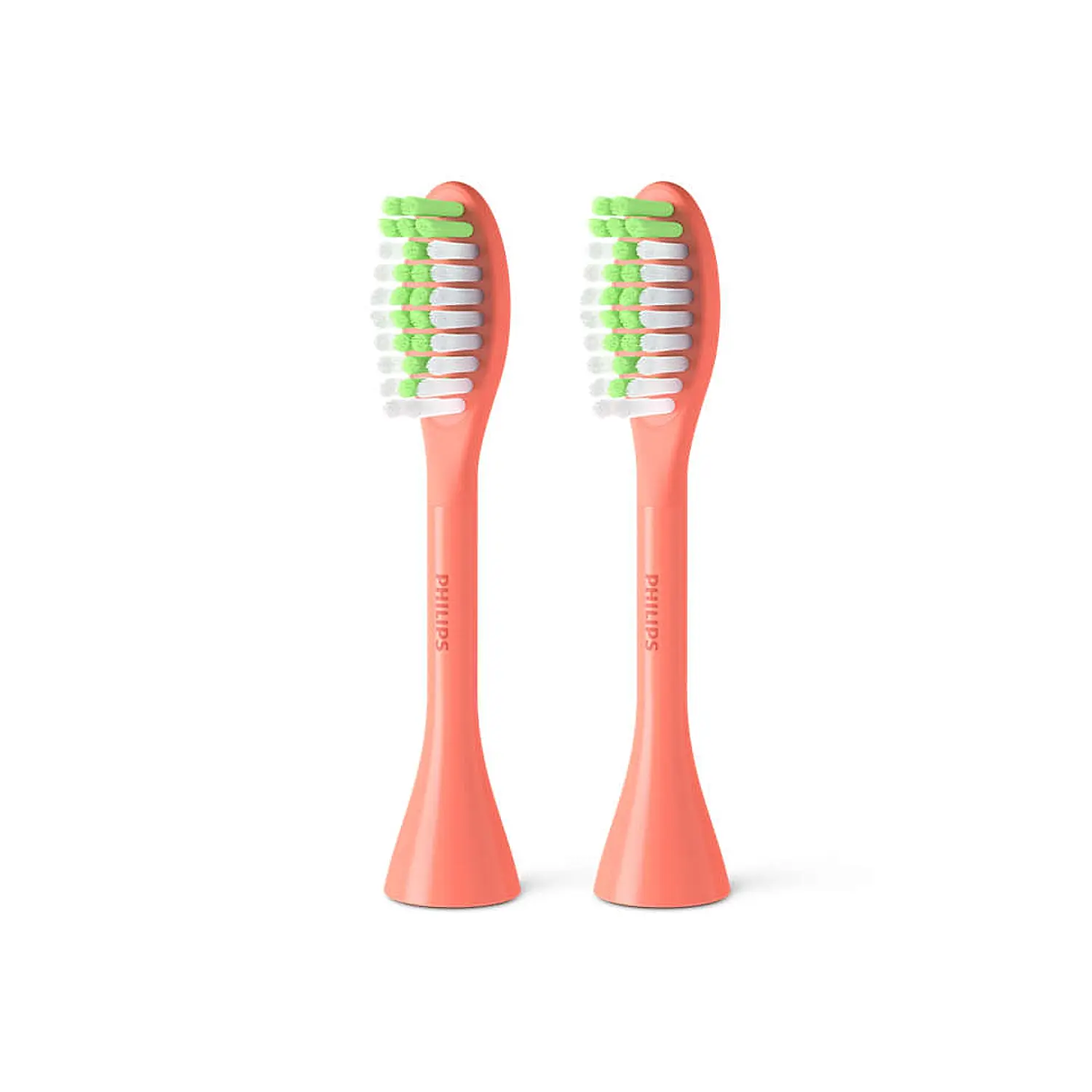 Care and Maintenance of Electric Toothbrush Heads
Care and Maintenance of Electric Toothbrush Heads
Proper care and maintenance of your electric toothbrush head are crucial for optimal oral hygiene. Below are some essential tips to keep your toothbrush head in top condition:
Regular Cleaning
- After Each Use: Rinse the toothbrush head thoroughly under running water. This removes remaining toothpaste and debris.
- Weekly Deep Clean: Soak the toothbrush head in antibacterial mouthwash or a mixture of vinegar and water for a few minutes. This helps to kill any lingering bacteria.
Storing Properly
- Dry Completely: After rinsing, ensure the toothbrush head dries completely to prevent bacterial growth.
- Upright Position: Store the toothbrush head in an upright position to allow air circulation.
- Separate Storage: Keep toothbrush heads separate from each other to avoid cross-contamination.
Avoiding Damage
- Do Not Share: Never share your toothbrush head with anyone else. This prevents the spread of bacteria.
- Gentle Use: Avoid pushing too hard while brushing. Excessive pressure can damage the bristles.
By following these simple care instructions, you can extend the life of your electric toothbrush head and maintain better dental health.
When to Replace Your Toothbrush Head
Changing your electric toothbrush head regularly is crucial for maintaining oral health. Dentists recommend replacing the toothbrush head every 3 to 4 months. Frequent replacement helps prevent the spread of bacteria and ensures optimal cleaning efficiency.
Here are signs that you should look for to know it’s time to replace your toothbrush head:
- Bristles Become Frayed: Over time, the bristles on the toothbrush head can become worn. This reduces their efficiency in removing plaque.
- Noticeable Color Change: Some toothbrush heads have indicator bristles that fade in color to signal when you need a replacement.
- Reduced Cleaning Effectiveness: If you start to notice your teeth do not feel as clean, it might be time for a new head.
Make sure to monitor the condition of your toothbrush head and replace it promptly to keep up with your dental hygiene routine. Regular replacement not only supports better oral health but also maximizes the benefits of using an electric toothbrush.
Brushing Techniques with Different Toothbrush Heads
Optimal Usage of Round Heads
Round electric toothbrush heads are designed to clean each tooth individually. When brushing with a round head, focus on one tooth at a time. Position the brush head so that it fully covers the tooth surface. Gentle movements are key. Move the brush slowly from tooth to tooth, allowing the bristles to reach all areas. Repeat this for all your teeth. Do not rush. Ensure every tooth receives equal attention for the best results.
Effective Brushing with Oblong Heads
Oblong electric toothbrush heads work well along the gum line and between teeth. Start by placing the brush at a 45-degree angle to your gums. Use back-and-forth motions to clean the outer surfaces of your teeth. Then, angle the head vertically to clean behind your front teeth. This method helps target plaque buildup effectively. Remember to move the brush head gently along the gum line to avoid irritation. By using these techniques, oblong heads can significantly improve gum health and precision cleaning.
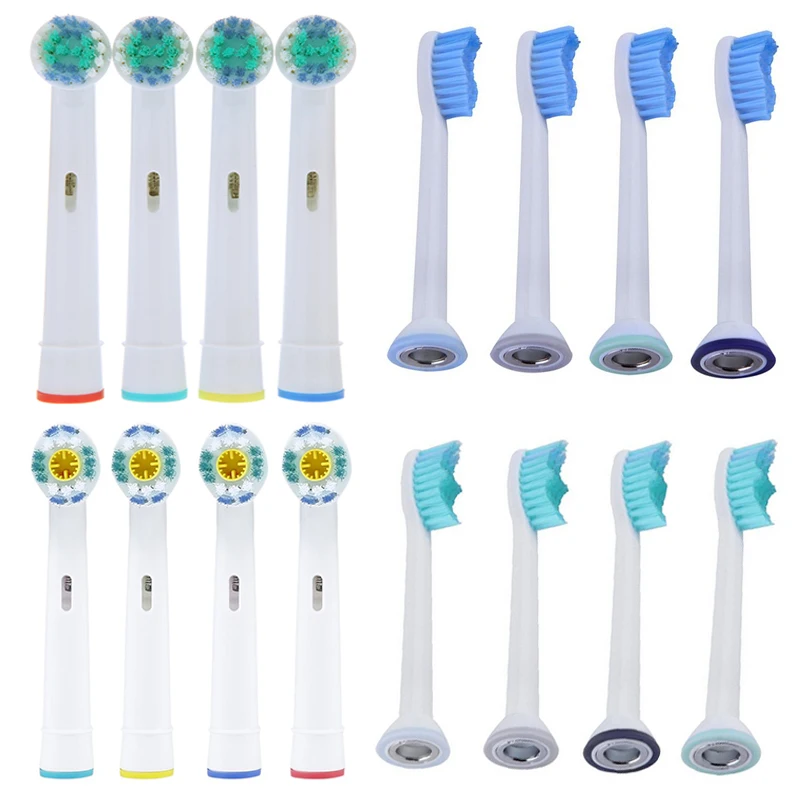 Conclusion: Improving Oral Health with the Right Toothbrush Head
Conclusion: Improving Oral Health with the Right Toothbrush Head
Choosing the perfect electric toothbrush head impacts your oral health greatly. Remember, it’s not just about how often you brush, but also how well you brush. Electric toothbrush heads come in different shapes and sizes, each designed for specific cleaning purposes. Round brush heads focus on individual teeth, offering thorough coverage. Oblong heads target gum lines and spaces between teeth, perfect for precision cleaning.
To maintain a healthy smile, consider the type of head best for your needs. Do you need deep plaque removal? Maybe a round head is right for you. Require precise cleaning along your gum line? An oblong head could be the answer. Your comfort during brushing is also key. Pick a head with bristles that suit your sensitivity levels.
Keep your toothbrush head clean and replace it every 3 to 4 months. Worn-out or dirty heads won’t clean effectively, and they could harbor bacteria. Clean your toothbrush head regularly and store it properly to prolong its life. By adhering to these guidelines and using the right techniques with your chosen head type, you can improve your oral health considerably.
In summary, the right head along with proper care and technique equals better oral health. Invest in your smile by choosing wisely and brushing smartly. Your teeth and gums will thank you for it.




